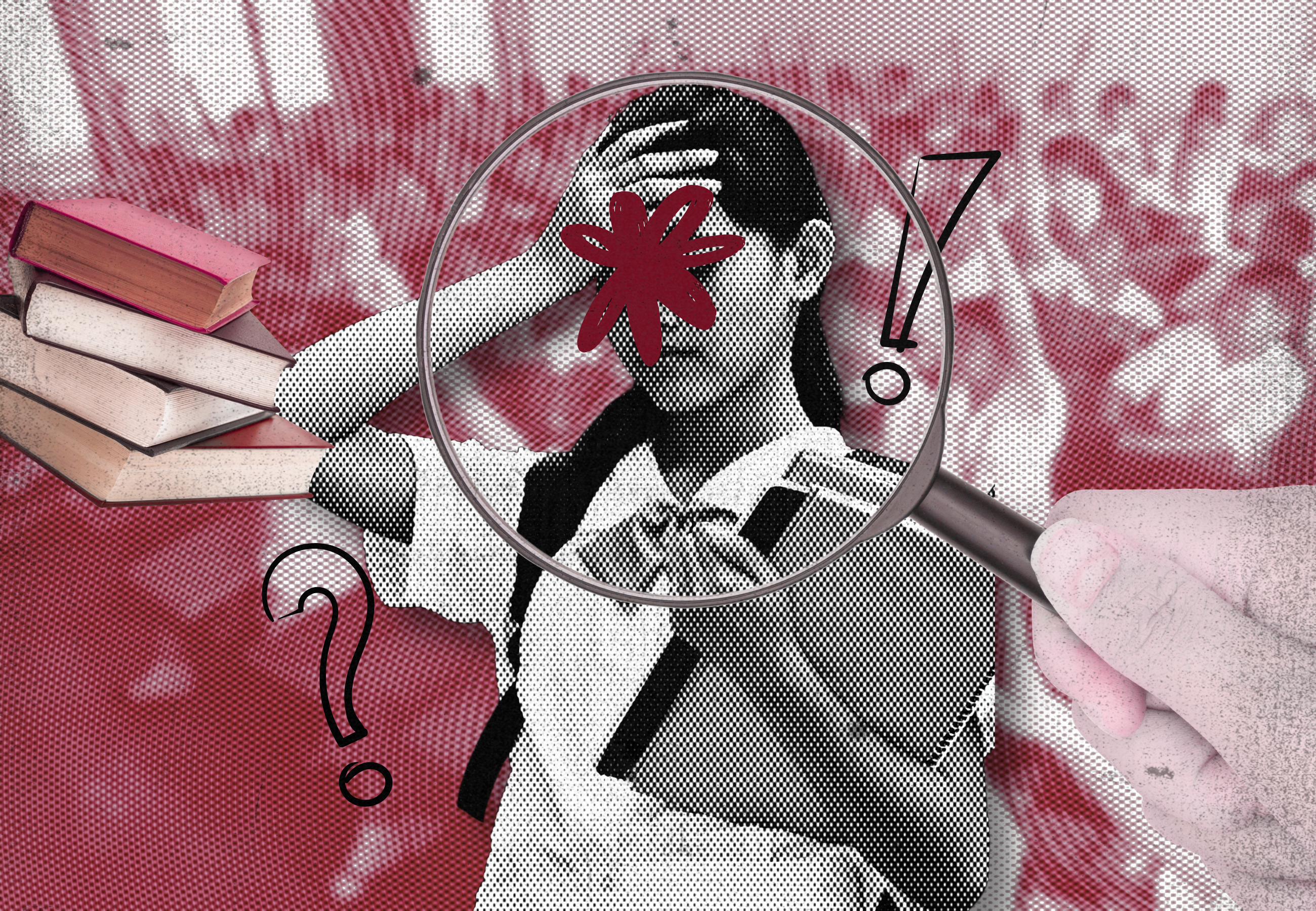A learning moment: Understanding 2024 FLEMMS findings

THE REPORTED results of the 2024 Functional Literacy, Education, and Mass Media Survey (FLEMMS) results sparked public dismay after major outlets erroneously reported that 18.9 million high school graduates of 2024 were functionally illiterate. The error misunderstood Senator Sherwin Gatchalian’s statement during a Senate hearing.
The case highlights the peril of relying only on quotes without knowledge about the background about the subject, especially when citing data and what this represents.
Tracking “functional literacy”
The FLEMMS, conducted by the Philippine Statistics Authority (PSA) every five years, revealed a troubling drop in the number of functionally literate Filipinos, from 79.1 million in 2019 to 60 million in 2024. This change was partly due to a revised, more rigorous definition of functional literacy, which now refers to the ability to read, write, compute and comprehend. In the past, junior high school graduates were automatically included in the category; but with the change, it has been removed.
During a Senate Committee on Basic Education hearing on April 30, Senator Gatchalian expressed alarm over the 18.9 million drop, attributing it to basic education failures and suggesting that these individuals were high school graduates.
“And this is where basic education comes in because that 18.9 million who graduated not being functional literate should not happen. No one should graduate in our basic education system, no one will graduate in our basic education system that will not be functional literate,” the senator stated.
His statement was picked up widely by major media outlets, who quickly but incorrectly reported in headlines that 18.9 million high school graduates in 2024 were functionally illiterate.
PSA and the Department of Education clarified the next day that the figure actually refers to a wider group of Filipinos from 10 to 64 years of age. Media outlets subsequently followed up their initial reports based on the clarification, and newer stories correctly cited that only 5.58 million high school graduates were lacking comprehension skills.
However, media, in clearing up the confusion by giving the correct data, did not take account of its error that had caused the misunderstanding.
The incorrect reports, relying only on the quoted statement, did not review the information by verifying from other sources. It cited the data without context and background. By focusing on Gatchalian’s quote without cross-referencing PSA’s data, outlets like Rappler, GMA News Online, Inquirer.net, and News5 Online carried the misleading information without explaining the PSA categories and statistics.
In his opinion piece published by BusinessWorld, Former DepEd Undersecretary Nepomuceno Malaluan later pointed out the factual inconsistency—annual high school graduates only number in the single-digit millions, making the claim of 18.9 million illiterate graduates implausible from the outset.
Though Manila Bulletin had a more accurate headline, it also failed to correct Gatchalian’s misinterpretation in the article itself, highlighting a missed opportunity for responsible clarification.
Media’s lack of verification
Journalists and editors should have verified the source material from PSA before publishing claims based solely on a quote. Journalists need to do their own research when writing on complex issues. Media outlets could have clarified the changes in FLEMMS methodology, particularly the new definition of functional literacy. Articles should have carried more views from educational experts to interpret the data.
Complex challenge in reporting education
Evaluating the state of education requires statistical data. The numbers tell the story and reference to different regional backgrounds.
The state of functional illiteracy along with other aspects of the decline of education in the country should not recede from the agenda. But media must also work at doing better in updating the public about developments, calling attention to failure and successes.
Even with the corrected stats, the picture remains dismal. It will take a concerted, coordinated effort to reverse the downward trend of Philippine education. The media should do its best to facilitate the exchange and enlarge the circle of participation.
Leave a Reply